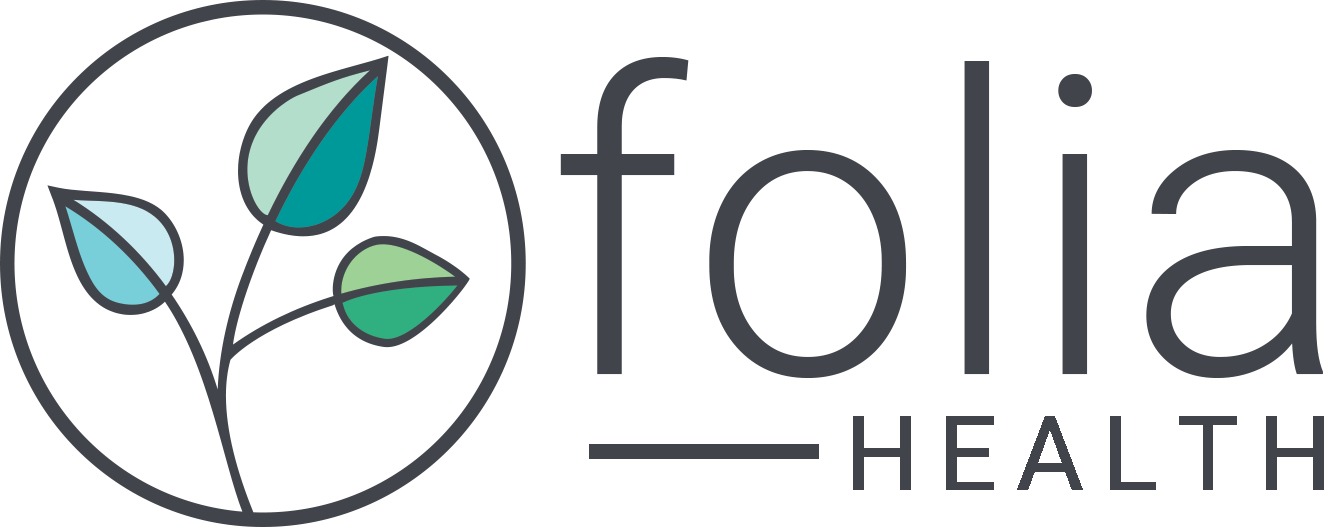Tips for a safe hospital visit during the COVID-19 pandemic
What is it like to go into hospitals right now?
While COVID-19 continues to be a concern for people with underlying health conditions, hospitals are starting to schedule the backlog of appointments that have been on hold since March.
If you need medical care that cannot be delivered via telehealth appointment, here are some tips from Nell’s and Christina’s recent hospital visits.
1. Schedule your appointment for the first slot in the morning
The facility will be cleanest and least crowded.
When Christina had her daughter’s imaging at 7:30am, they only encountered two other families during their entire visit.
Nell found the holy grail of Boston - metered street parking! Christina’s hospital only had garage parking, so she planned ahead and parked on the same floor as the skyway to avoid elevators.
By contrast, when she went to the hospital for a business meeting at 10am, long lines at security and at the check-in table had already formed. Many people were complaining that they were going to be late for their appointments due to the lines. When Nell went into the hospital in the afternoon, she found it difficult to social distance.
2. Update your insurance, contact information, and pharmacy in advance
Call in advance to make updates to your profile or accounts. That will reduce your time in the hospital, and also reduce the exposure risk from handing insurance cards back and forth.
3. Plan parking ahead
Research your parking options in advance so you can avoid elevators, which have high contact surfaces and where social distancing is difficult. Street parking and open lots are best. Ground floor parking in a garage is the next safest option.
4. Plan your route
Avoid entrances near the ER, and if possible use smaller entrances that are less likely to have crowds and long lines.
Ask ahead of time where you should go to check-in. For Christina, some check-in desks were closed and she was re-routed to another department to check-in.
Plan for extra time to wait for an elevator, since elevator capacity is restricted and you should ideally ride in an elevator alone.
The mask dispenser during Nell’s visit. Christina was just handed a cardboard box of masks and instructed to grab one.
5. Still exercise caution
Bring your own hand sanitizer and gloves. Your hospital's screening might or might not instill confidence. Neither Nell or Christina got temperature checked, and only one was screened for self-reported symptoms and exposure risk.
You could be asked to wear a hospital-provided mask, but be careful around poorly designed mask dispensers that introduce exposure risk. You might want to bring an unused mask to use as an alternative, if you are required to use a new mask.
5. If you have young children, bring multiple sterile pacifiers, loveys, and toys for when they inevitably get dropped on the floor
Bring your own toys to distract during the stressful parts of the tests and while you are waiting. Many Child Life programs have adapted to use single-use toys (like bubbles) since the toys with buttons are harder to clean.
6. Remember, anything that can be handled remotely via telemedicine should be.
For Christina, they conducted the two imaging tests at the hospital, and the consult with the specialist was handled via telemedicine appointment. Anything you can do to limit time in the hospital will help reduce risk of exposure.
It’s also a great time to review these valuable infection control tips from Myra, CF mom, in her blog post Parenting in the time of Coronavirus: What CF can teach the general public.


